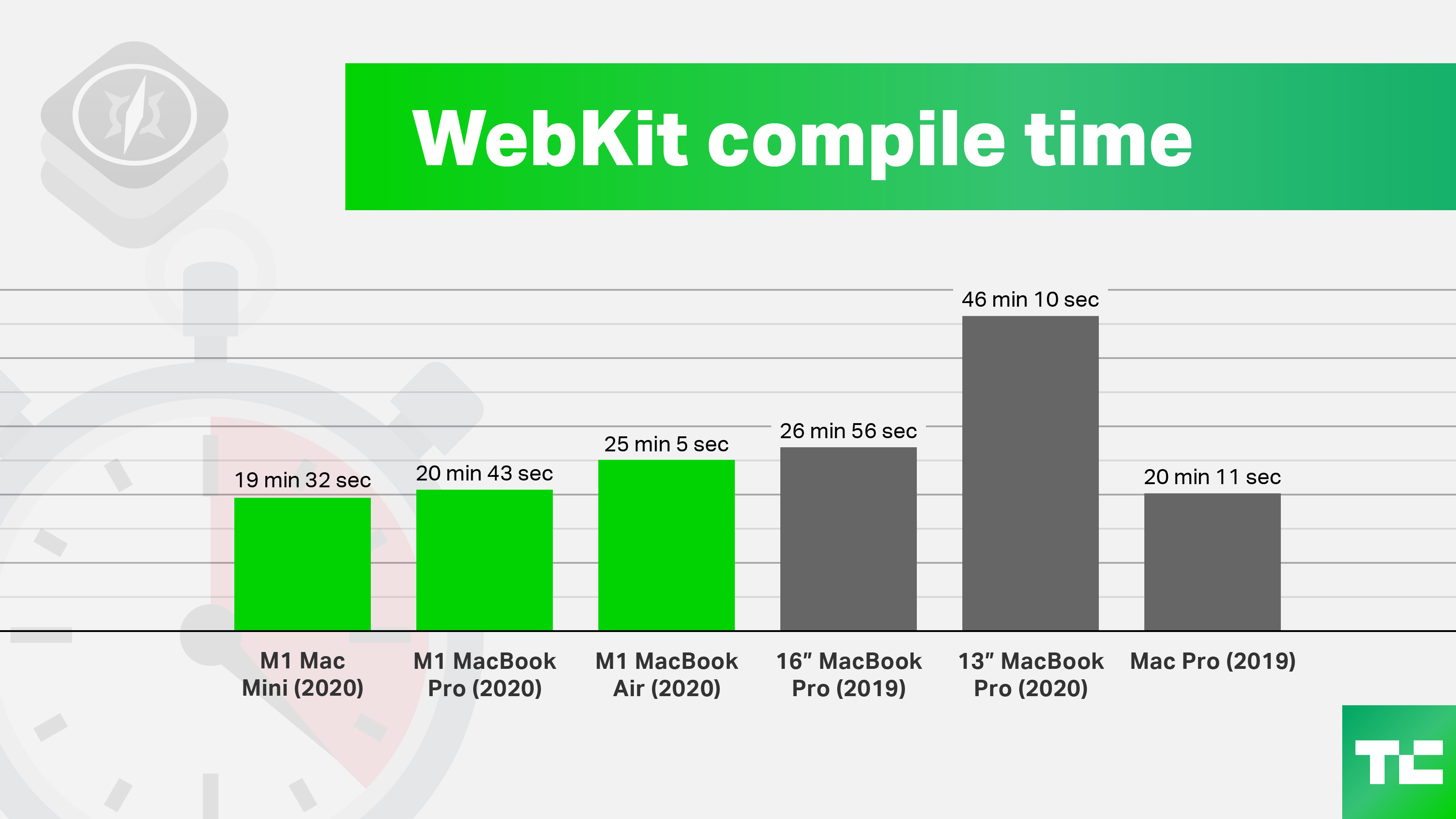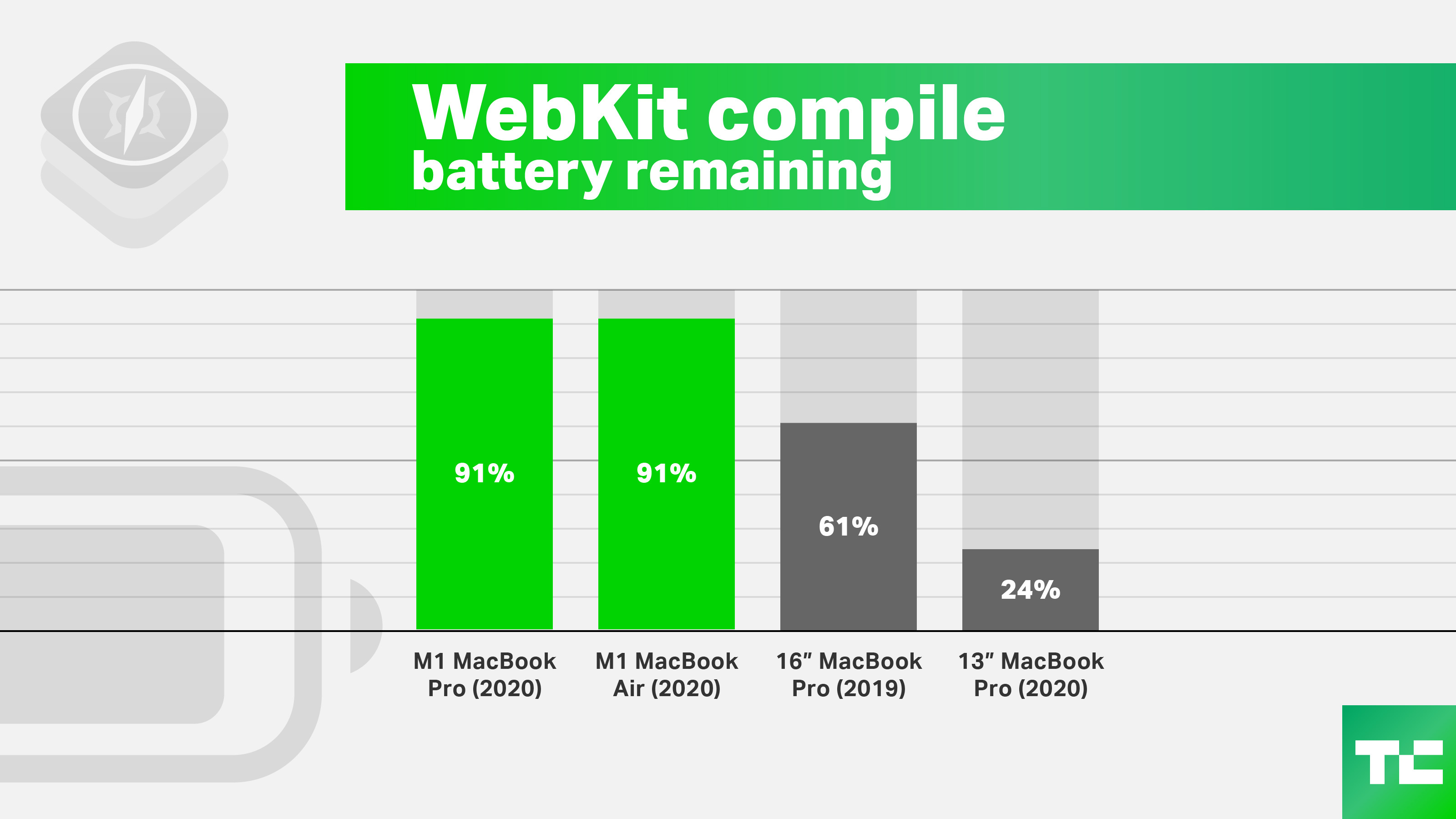Before we can answer the question at hand, we first need to understand why ARM was a great choice in general. There's no doubt about it being the perfect fit for smartphones and tablets. All current handheld devices run almost exclusiveley on ARM, including Android and iOS devices - even some Windows Tablets! It of course has to do with its power-efficiency and relatively light workload... at least that's what got it started over ten years ago. Let's see where it has led us...
ARM in the Desktop Sector
In 2020, Apple finally announced the switch from Intel processors to their own Apple silicon chips after much speculation. The first devices with Apple's own first laptop processor, the Apple M1 SoC, followed in November. Although it is not mentioned in Apple's official marketing materials, the Apple silicon M1 chip is based on the ARM architecture.
Apple already went through such a change once before, when they migrated from PowerPC to the Intel architecture in 2005. But such profound architecture changes are by no means common in the world of computers. The most prominent architecture used by almost all PCs today is called x86_64 and dates back to 1978.
The reason why an architecture change is actually only done quite rarely is due to the enormous dependencies. Not only does it require new processors and an adapted operating system, but all applications must also be designed, or at least adapted, for the new architecture. Apple's advantage here is that they have relatively strong control over all components in the stack. This makes the transition relatively painless. Microsoft Windows does not have this advantage and has failed several times in the past to make the switch to ARM (especially in the tablet sector).
The Advantages of ARM
With an undertaking as big as switching a processor architecture, the pros and cons want to be weighed very carefully. If one does not expect a significant advantage for at least 10-20 years, such a migration will hardly be initiated. So what are the advantages of ARM over Intel 64/x86_64?
One of the biggest advantages of the ARM architecture is already hidden in its name. ARM stands for Advanced RISC Machines. The important part here is "RISC", which stands for "Reduced Instruction Set Computer". This is in contrast to the CISC principle, which Intel follows: "Complex Instruction Set Computer"
Simply explained: While the Intel architecture executes many complex calculations directly on the processor, ARM uses a reduced instruction set with fewer instructions to choose from. This in turn means that while more small calculations have to be performed to achieve the same result, these can be executed much more efficiently. The reason: The processor becomes simpler in structure.
This results in a significant difference in the performance per watt benchmark. This is particularly noticeable when comparing MacBook Pro Intel models from 2019 with MacBook Pro models from 2020 with M1 processors. In countless, independent tests, it was determined: The performance of the new ARM chip is significantly better compared to the previous models with current Intel processors. What's special about it: Despite the better performance, the battery still lasted significantly longer, even though its capacity was not changed.
TechCrunch tested the compile time of WebKit in battery mode. Not only did the M1 MacBooks compile faster than the Mac Pro, as can be seen in this chart, they didn't even get really hot. The fanless MacBook Air performs only marginally worse:

At the end of the computational work, the Apple silicon MacBooks were left with 91% battery, while the Intel MacBook Pro only had 24% left:

ARM in the Server Sector Can Reduce Costs
While a longer battery life with same performance in the consumer sector is certainly a huge gain in comfort, such a reduction in power consumption and cooling capacity saves real money in the server sector. Another positive effect is that the increased efficiency also rapidly reduces the ecological footprint. Reduced cooling load and lower power consumption also means lower CO2 emissions and thus a reduced climate impact.
Even though we are currently not quite at the point where the cost savings pay off, as the initial investment in such a new technology naturally entails further costs, we are convinced that the time for ARM in the server sector has just begun and will increase rapidly in the coming years.
By the way, this conviction is also shared by various other server producers such as Gigabyte, which is also working on enterprise-ready ARM servers and have already presented convincing products.
Specialized Hardware for Machine Learning and Image Processing
With the ever-increasing need for Artificial Intelligence and Machine Learning, Apple recognized early on that integrating specialized hardware can provide a huge advantage in performance and efficiency. That's why every Apple silicon M1 processor comes with a dedicated 16-core Neural Engine that enables the execution of 11 Trillion operations per second. Also built in is an Image Signal Processor, which can achieve great success especially in connection with Machine Learning.
It is conceivable that specialized CPU configurations will also be possible in the server area in the future in order to implement certain applications more efficiently and cost-effectively.
Why ARM is the Future
Now that Apple has taken the first step in the migration to ARM, other companies will inevitably follow. Not only has Apple shown that ARM is a platform worthy of consideration, they have also taken the most important and hardest step: getting developers to invest in the platform.
Especially in the Linux environment, ARM is certainly no stranger. IoT appliances, such as the Raspberry Pi, have been leveraging ARM for years. Accordingly, many Linux packages already exist for the ARM architecture and some distributions also officially support ARM. But one thing has still been missing: A large amount of developers using ARM products on a daily basis.
Since many developers rely on macOS as their platform of choice, this need has arisen quite quickly: All the major development tools, such as the JetBrains IDEs, Docker, VMware, Brew, Slack, Unity and many more, have made the transition to Apple silicon in just a few months. Suddenly, the demand is here.
As recently as early 2019, Linus Torvalds, the inventor and developer of Linux himself, wrote:
Some people think that "the cloud" means that the instruction set doesn't matter. Develop at home, deploy in the cloud.
That's bull***t. If you develop on x86, then you're going to want to deploy on x86, because you'll be able to run what you test "at home" (and by "at home" I don't mean literally in your home, but in your work environment).
But at the beginning of 2019, the world was still a different place, in many ways. What was then still considered a (valid) argument against ARM in the server space is now, in 2021, an argument exactly for ARM in the server space. Anyone who develops on an Apple silicon or Windows ARM tablet would also like to deploy their application directly to an ARM server in the cloud.
And this is where we come in! With OakHost you can not only try out the new and interesting Apple silicon Mac Minis easily and without risk. We also offer you the opportunity to get on the ARM bandwagon early and prepare your platform for use in an ARM world.
With our dedicated Mac minis with Apple silicon SoC, you can test your workflow under ARM and take advantage of the many benefits, such as optimized machine learning cores, instantly.






























